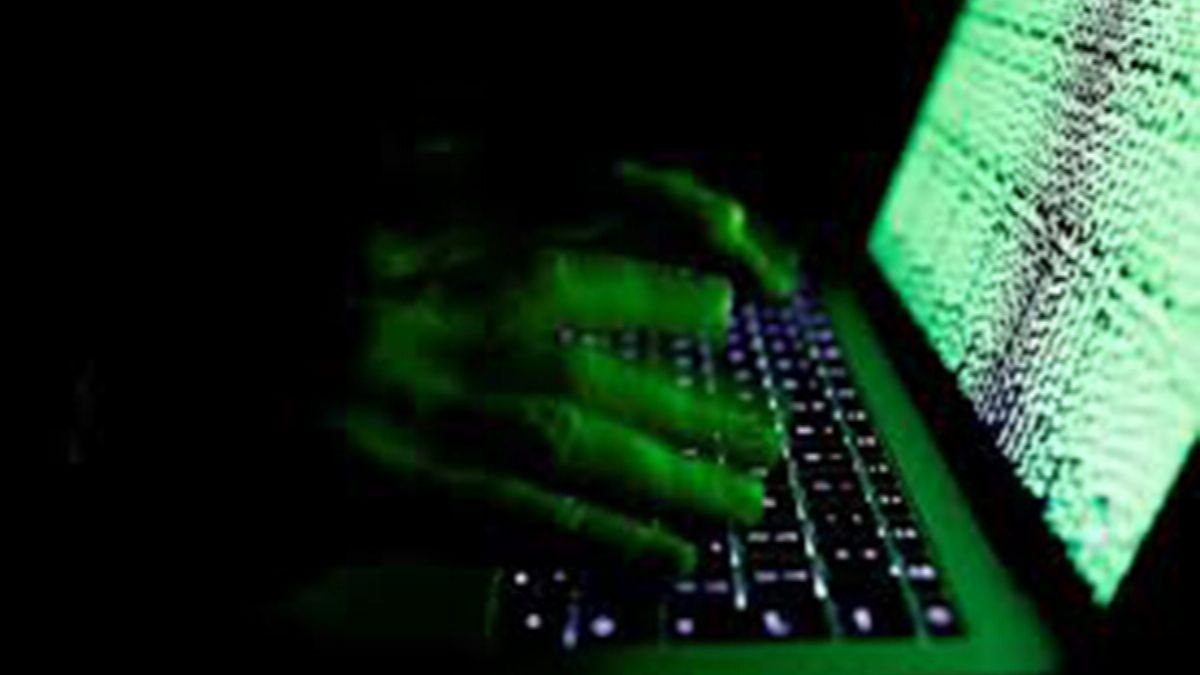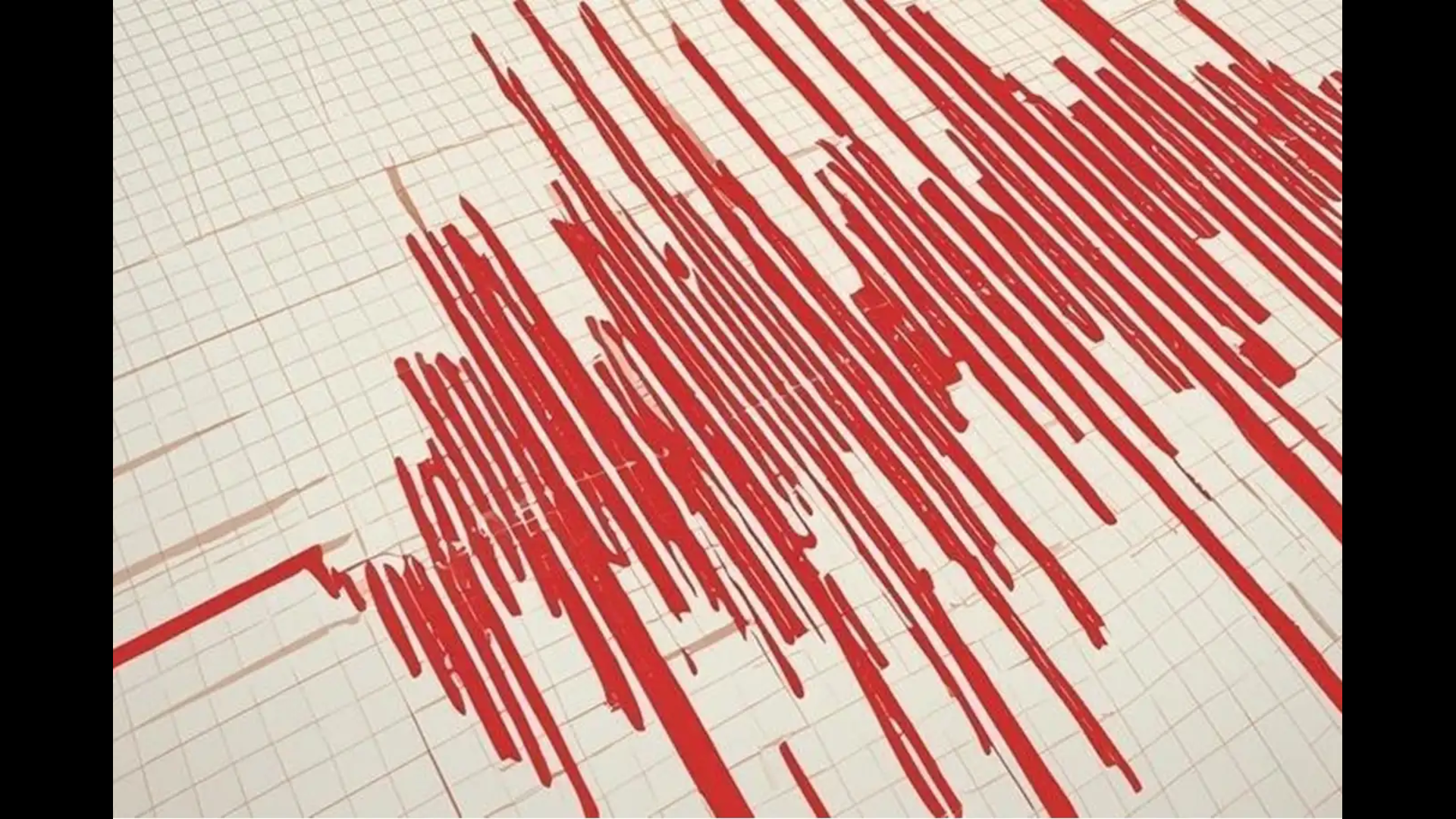
CYBER STRATEGY
By Rahul Goyal, Student of KIIT School of Law, Bhubaneswar
This article discusses cybercrime in India rapidly rising. In reality, you hear about many scams, tricks, and other offences being done online every single day. According to the Information Technology Act of 2000, there are numerous categories of cybercrime in India, indicating a wide range of offences. Numerous cyber crime cells have been established in India’s major cities in order to adhere to the regulations of the country’s cybercrime statute.
Technology development has led to an increase in recent cybercrime instances in India. Many crimes, including kidnapping, fraud, hacking, and data theft, are now carried out with the aid of the internet. These kind of criminals are frequently referred to as “hackers.” Under the IT Act, there are several cybercrime cases filed in India.
Nowadays, digitalization is out of control, and the Internet has made life easier for everyone by putting everything at the click of a button. Cybercrimes have increased in India along with other types of crimes, such as white collar crimes and terrorist group assaults. Man has become totally reliant on technology for even the most basic needs. Today, anything can be done online, including shopping, ordering food, playing games, paying bills, and other needs.
WHAT IS CYBER CRIME?
In India, a crime or illegal act can be classified as cybercrime if a computer is utilised as a tool, a target, or both. In other words, cybercrimes in India include any illegal access to a computer system without the consent of the owner or the scene of the crime. They range from online cracking to denial-of-service assaults.
Phishing, spoofing, DoS (Denial of Service) attacks, credit card fraud, online transaction fraud, cyberdefamation, child pornography, etc. are a few instances of cybercrime.
CAUSES
Cybercriminals always go for the fastest route to a large profit. They target wealthy individuals or wealthy institutions like banks, casinos, and financial corporations, where large sums of money are transacted on a regular basis, and they hack private data.
It is challenging to apprehend such crooks. As a result, there are more cybercrimes. Because of their vulnerability, computers must be protected and secured from cybercriminals by regulations. The following are the causes of computers’ vulnerability:
It is difficult to protect a computer system against unauthorised access since there are numerous ways for a breach to occur because the technology is so advanced. Hackers may simply get past many security systems by stealing access codes, retinal pictures, advanced voice recorders, etc. that can easily trick biometric systems and break firewalls.
Ability to store data in a relatively small amount of space – The computer has the special ability to store data in a very little amount of space. As a result, it is much simpler for individuals to steal data from other storage devices and sell it for their own gain.
Complexity: The operating systems that power computers are composed of millions of lines of code. Because the human mind is flawed, mistakes can be made at any point. These holes are exploited by online fraudsters.
Negligence – One of the traits of human behaviour is negligence. So, there’s a chance that by failing to defend the computer system, we can give a cybercriminal access to and control over the computer system.
Loss of Evidence – Information pertaining to the crime is quickly erasable. Loss of evidence is now a widespread and visible issue that paralyses the system for investigating cybercrimes.
TYPES OF CYBER CRIME
Cybercrime can be perpetrated in one of two ways: either the computer is the victim of a cyberattack, or it is utilised to commit a cybercrime against someone or something else.
The categories of cybercrime in India are as follows:
- Cybercrime committed against a person: This kind of cybercrime uses an electronic domain as a medium to be perpetrated against a person.
- Cyberstalking: In general, the term “stalking” refers to a pattern of harassing behaviour. In contrast, cyber stalking refers to online harassment that uses the internet as a means for the stalking of a person. In most cases, the stalker is aware of the victim or learns about the victim’s family and their activities; instead of physically following the victim, the stalker keeps tabs on the person’s internet activity. A stalker might annoy his victim by using the internet, emails, SMS, webcams, phone calls, webpages, or even movies.
- Hacking: Hacking is the act of gaining unauthorised access to a person’s personal information that is stored on a computer system without the knowledge of the computer’s legitimate owner or the person in charge of that specific system for the purpose of making money illegally or misusing the information. Hacking is the term
for any action taken to gain access to a computer system or network. Hackers gain access to the user’s confidential and personal data. They can also keep track of a person’s whole internet behaviour, including signing in, adding credentials, making bank transactions, etc.
- Cracking: The term “crack” often refers to the methods used to crack software. Cracking is the process of digitally erasing the copyright protection code that stops copied or pirated software from running on devices without the vendor’s or owner’s permission. The person engaged in such conduct is known as a cracker and differs from a hacker. Cracker tampers with the computer and breaks the law online using his knowledge.
- Online or cyber defamation entails harming a person’s reputation in society through the use of a computer or the internet. This can be accomplished by posting vulgar content online, writing disparaging comments about someone, sending the victim’s friends disparaging emails, etc.
- One of the most prevalent types of cybercrime is online fraud. It entails exploiting phishing websites to obtain a person’s personal information, such as banking passwords, and taking money out of the victim’s account. These days, there are many online lottery scams, with the Nigeria lottery scams being one such example.
- Dissemination of Obscene Material: This covers the posting of pornographic or obscene content on social media. It involves hosting websites that provide pornographic content, which has a propensity to corrupt or deprave people’s minds.
- Child pornography: Distributing any content that has the potential to corrupt young people’s minds is also a form of cybercrime. It entails the use of electronic devices to produce, share, or access content that is pornographic in nature and has a propensity to defile young minds.
- The act of spoofing entails misrepresenting the source of any data. An email or SMS can be generated from one source, but it can also be generated from another source. Cybercriminals utilise this method to obtain the user’s personal information, such as bank account information.
- Phishing: This is the practise of sending spam emails to a user while impersonating a well-known company in an effort to steal his personal information.
- Property-related cybercrime: This type of crime is carried out using an electronic device as a conduit. The term “property” in this context refers to both moveable and intangible assets, such as computers, intellectual property, and other assets. Various online crimes against property include:
- Virus transmission: A malware software known as a computer virus infects programmes, disc drives, and files. Worms are computer programmes that replicate like viruses and spread from computer to computer. Malicious software that infects the computer includes viruses, worms, Trojan horses, time bombs, logic bombs, rabbits, and bacterium.
- Cybersquatting is when two or more people attempt to register the same domain name. Unlawfully occupying an empty space is known as squatting. The hacker contends that he used the domain name prior to the legitimate owner for the first time.
- Cyber Vandalism is the act of erasing data from any electronic medium while the network service is unavailable.
- Intangible property rights (IPRs) are the subject of intellectual property crimes. IPR thefts, which include internet piracy, software piracy, infringement of patents, designs, trademarks, and copyrights, theft of source code, etc., are the most frequent cybercrimes in India.
- Cybercrime against the Government: A nation’s government can also be the target of a cybercrime. Threatening the unity, honour, and security of the target nation is the goal of any cybercrime conducted against a government. Governmental targets ofcybercrime include:
- Cyberwarfare: Cyberwarfare is an online fight where the motive for the cybercrime is political. It has the ability to shut down official websites and networks, interfere with crucial services like Internet connectivity, steal sensitive information like Sensex details, and compromise sensitive data like the payment gateway.
- Cyberterrorism is the use of the internet as a tool to instil fear in others’ minds. Cyberterrorism is covered in Section 66-F of the Information Technology Act of 2002.
- Cybercrime against Society: Cybercrime against Society is when a cybercrime is committed against a large group of people. Socially destructive cybercrime includes:
- Online gambling: The Public Gambling Act of 1867 forbids gambling in India. Aside from Sikkim, all of India prohibits online gambling.
- Trafficking involves dealing with unlawful trade practises like the trafficking of people as slaves and other forms of slavery.
HOW TO PROTECT YOURSELF?
Establishing multifaceted public-private partnerships involving law enforcement agencies, the information technology sector, information security groups, internet firms, and financial institutions is necessary to effectively address the issue of cybercrime.
Cybercriminals do not compete with one another for dominance or control like they do in the physical world. Instead, they cooperate to develop their abilities and even support one another in finding new opportunities. As a result, India’s cybercrimes cannot be combated through the traditional means of criminal justice.
- Use Secure Passwords: Avoid writing down your passwords and usernames by using different password and username combinations for each account.
- Be sure to keep your social media profiles (such as those on Facebook, Twitter,YouTube, and other platforms) secret. Verify your security settings to be sure. Take care when posting information online. Once something is online, it remains there permanently.
- Protect your Mobile Devices: Many individuals are unaware that unwanted software, such as computer viruses and hackers, can also infect their mobile devices. Make cautious to only get software from reliable sources. Maintaining an updated operating system is also essential. Make careful to set up antivirus protection and a secure lock screen. Otherwise, if you misplace your phone or merely leave it on the table for a little while, anyone can access all of your sensitive information. Even worse, someone may put malicious software on your computer and use your GPS to track your every move.
- Safeguard your data: For your most sensitive information, such as financial records and tax returns, use encryption to safeguard your data.
- Online identity protection: It is preferable to be overly cautious than underly cautious when it comes to online identity protection. You must use extreme caution while disclosing personal information online, such as your name, address, phone number, and/or financial information. When making online purchases or other transactions, make sure the websites are secure. In order to do this, you must enable your privacy settings when using or logging onto social networking sites.
- Maintain the most recent patches and upgrades on your computer: Applying patches and other software fixes as soon as they are made available is one of the best strategies to prevent hackers from accessing your computer. By keeping your computer updated, you prevent hackers from exploiting software faults (vulnerabilities) that they would otherwise use to gain access to your system.
- Several different kinds of security software are required for fundamental internet security. Protect your machine with them. Firewall and antivirus software are vital components of security software. The first layer of defence for your computer is typically a firewall. It regulates what and who is allowed to communicate online with your computer. A firewall could be compared to a kind of “policeman” who keeps an eye on all data that is trying to enter and exit your computer over the Internet, permitting communications that it knows are secure and preventing “bad” traffic like attacks from ever getting to your computer.
















